T.R. Williams' stereographs taken of scenes in an English village in the 1850s ("Scenes in Our Village") have been reproduced by Brian May and Elena Vidal in a superb publication, "A Village Lost and Found" . The book comes in a slip case that includes a stereoscopic viewer invented by Brian May "which makes the magic happen".
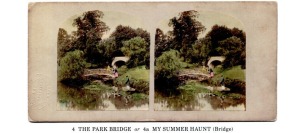
In these videos, Brian May and Elena Vidal explain the history and principles of stereography, and the inception of their book.
"You can find some grubby old card in an auction house ... and suddenly you can walk into another world."

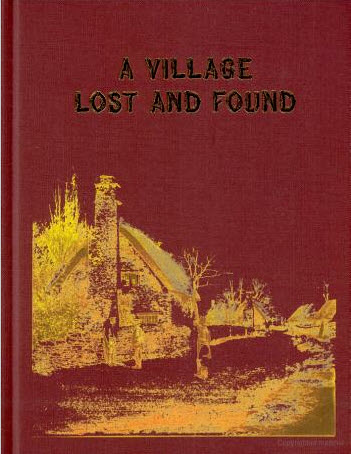
A Village Lost and Found, The London Stereoscopic Society 2009

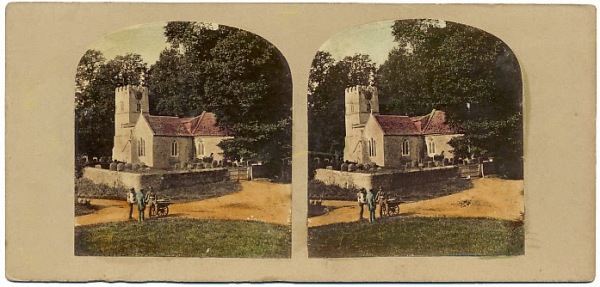
THOMAS NEVIN'S STEREOGRAPHS 1860s
T.J. Nevin printed his stereographs using the same card frame, and the same type of photographer's blind impress stamp evident in T.R. Williams' work, suggesting direct knowledge of Williams as a pioneer of the science and art.
More than fifty stereographs by T. Nevin held at the Tasmanian Museum and Art Gallery - many depicting scenes of Augusta, the village at Kangaroo Valley (now Lenah Valley, Hobart) where the Nevin family resided on land adjoining the Lady Franklin Museum - reflect similar thematic conventions in T.R. Williams' original "Scenes in Our Village" in which short poems were written to accompany each . Thomas Nevin's father, John Nevin, published a poem in 1868 about the cottage he built at Kangaroo Valley, and his son Thomas Nevin produced an accompanying photograph of the cottage. And like T.R. Williams who was largely forgotten until Brian May's publication, scant attention had been paid to Thomas J. Nevin (apart from his portraits of convicts) until the appearance of this weblog and its associated sites.
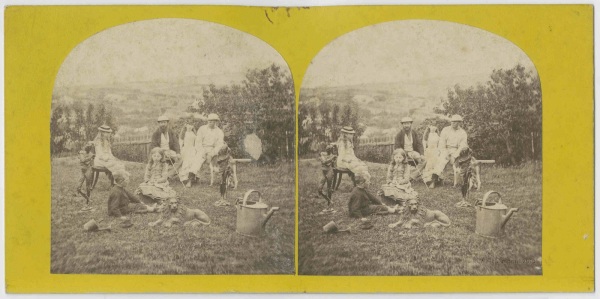
With Jean Porthouse Graves at Caldew, West Hobart
Group portrait of two male adults, one boy and three girls, members of the Graves, Miller and Boyes family taken by Thomas Nevin ca. 1870 at Caldew, West Hobart.
Stereograph in arched mount on yellow card
TMAG Ref: Q16826.10
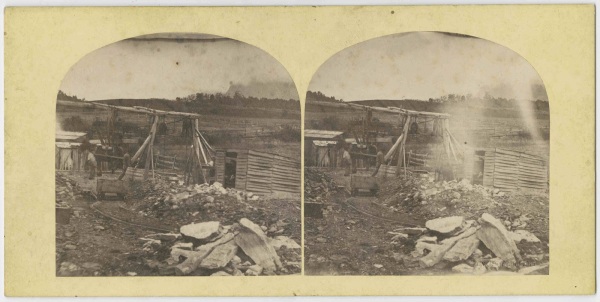
Coal Mining operation, New Town Tasmania
Possibly Sim’s Excelsior coal mine at Kangaroo Valley sold to Mr Stops 1874. Thomas Nevin acted as an agent for domestic coal supplies.
TMAG Ref: Q16826.11

House with bluestone side extensions
Taken ca. 1868 by Thomas J. Nevin of a house, possibly in Kangaroo Valley (Hobart) with partner Robert Smith. This is not the house built by John Nevin at Kangaroo Valley, (see Liam Peters Collection) but one quite similar, except that this one has bluestone walls.
Verso below bears the firm label of Nevin & Smith.
TMAG Ref: Q16826.9

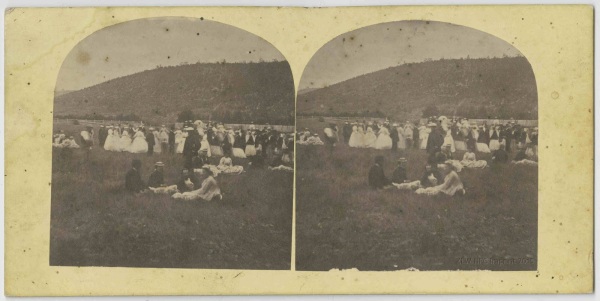
Stereograph by Nevin & Smith of the Terpsichoreans at Rosny ,
Queen Victoria birthday celebrations 27th May 1868
Verso label: “Tasmanian Views from Nevin & Smith Photographers”
Tasmanian Museum and Art Gallery Collection
TMAG Ref: Q1994.56.20.1

A farmer and friend surveying the crop
Stereograph by Thomas J. Nevin ca, 1870
TMAG Collection Ref: Q1994.56.22
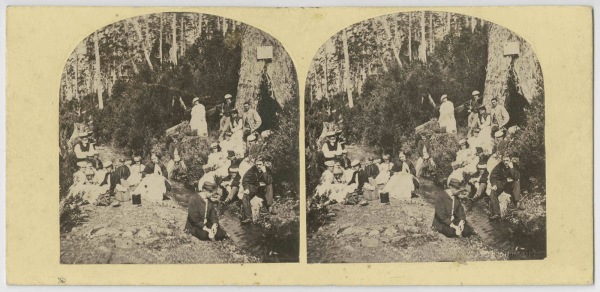
Group including Mrs and Mrs George Case at Sir John Franklin’s Tree, Kangaroo Valley, Tasmania.
Stereograph by Thomas J. Nevin, ca.1867
TMAG Ref: Q1994.56.31

Group at the Lady Franklin Museum, Ancanthe
Stereograph by Thomas J. Nevin 1860s-1870s
TMAG Ref: Q1994-56-34
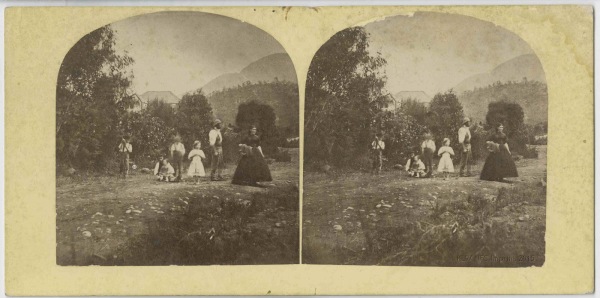
Mary Ann Nevin (1844-1878), sister of Thomas J. Nevin at the Kangaroo Valley school house ca. 1870
One of two identical stereographs held in the Tasmanian Museum and Art Gallery Collection
TMAG Ref: Q16826-1-2

Mary Ann Nevin (1844-1878), sister of Thomas J. Nevin,
dipping a glass at New Town rivulet, Kangaroo Valley Hobart Tasmania, ca. 1870.
Stereograph taken by Thomas J. Nevin ca. 1870
Photo © KLW NFC Imprint Private Collection 2012
A comprehensive collection of stereographs taken by Thomas J. Nevin 1860s-1870s held at the Tasmanian Museum art Gallery Collection was digitised for KLW NFC Imprint (2015): click here to view a selection.
